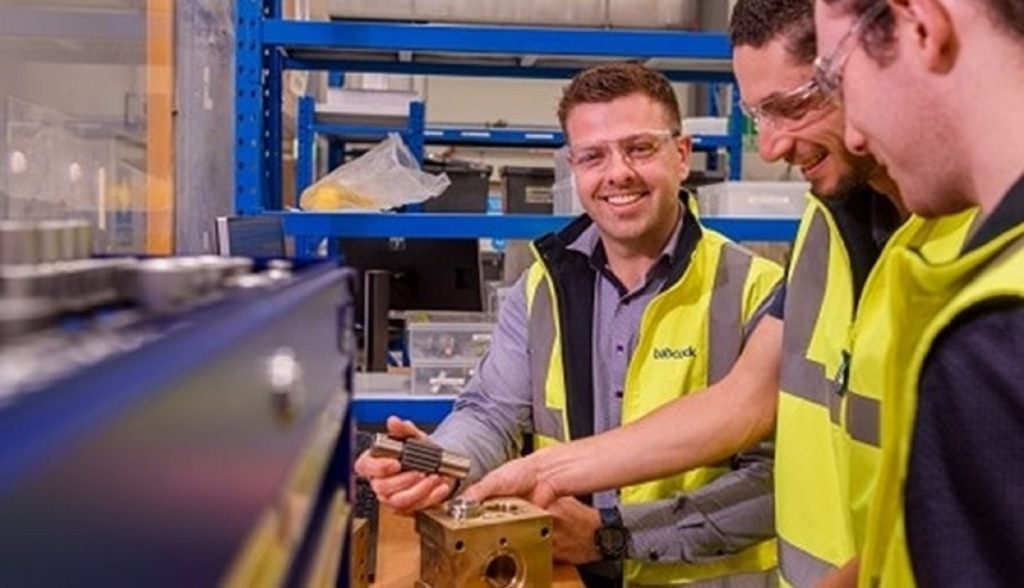British and US submarine specialists, Babcock and HII, have announced the formulation of a trilateral AUKUS Workforce Alliance (AWA) with Australian academia, including the universities of Adelaide, Curtin and New South Wales.
Imparting their critical insight into the nuclear submarine process comes under the agreement established between Australia, the UK and US (AUKUS) in September 2021.
The aim of the programme is to simply furnish Australian defence with the knowledge and resources to acquire and maintain nuclear-powered attack submarines (SSNs), which will in turn deter Chinese military aggression and secure western interests in the Indo-Pacific.
AWA fits into this process as it prepares a skilled workforce in support of all steps of Australia’s optimal pathway to sovereign nuclear-powered submarines under AUKUS Pillar I.
Pillar I supports Australia in acquiring conventionally armed, nuclear-powered submarines (SSNs), while Pillar II trilaterally develops and provides joint advanced military capabilities.
“The AWA is an investment in the security, and economic and technological progress of Australia,” HII’s president of Nuclear and Environment services group, Michael Lempke explained.
What has prompted this initiative?
It is worth noting the timing of this initiative, which prepares Australia’s workforce on nuclear submarines. It would be reasonable to expect AUKUS’s industry players to create such a programme sometime in the last two years since the inception of the programme.
Currently, the leading intelligence consultancy GlobalData reveals that, in the past three months, jobs analytics in the global defence industry show greater attention to the development of technologies and concepts that are not associated with the AUKUS programme.
Right now, GlobalData indicates that the top five themes that have seenthe largest job growth are blockchains (with 131% growth), hypersonic technologies (22%), quantum computing (18%), advanced materials (10%) and directed energy weapons (10%).
Themes that follow closely behind in job growth also include 3D printing (8%), counter-drone technology (8%) and alternative propulsion (8%).
Although AUKUS is an evolving and highly expansive programme that will, at one point or another, dip into these other themes over the next two decades, the data still indicates that the defence industry is not prioritising nuclear development and specific AUKUS-related themes.
Recently, British companies such as Babcock, BAE Systems and Rolls-Royce have only just begun to teach the first cohort of 13 Australian nationals about the nuclear submarine development process across the UK.
This new workforce alliance is a step toward accelerating the learning process for directly within Asutralia’s domestic industrial base. This partnership will help to broaden Australia’s domestic AUKUS technology job markets in an attempt to reverse its current shortfall.
Our signals coverage is powered by GlobalData’s Disruptor data, which tracks all major deals, patents, company filings, hiring patterns and social media buzz across our sectors. These signals help us to uncover key innovation areas in the sector and the themes that drive them. They tell us about the topics on the minds of business leaders and investors, and indicate where leading companies are focusing their investment, deal-making and R&D efforts.









